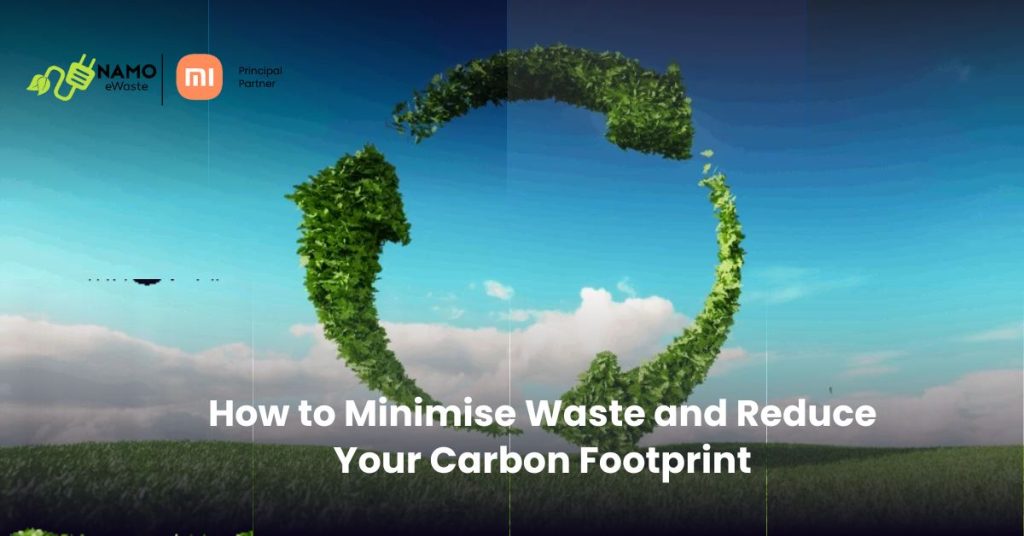Nowadays, sustainability is more than a buzzword – it’s an integral part of the business. Discover how sustainable reverse logistics can transform your company’s waste management, minimise your carbon footprint, and boost customer service, all while saving costs and increasing brand loyalty. In this blog, we’ll explore the benefits of reverse logistics, delve into its role in waste management, and unveil the power of recycling in sustainable reverse logistics.
What is reverse logistics?
Reverse logistics is the ultimate recycling superhero of the business world, swooping in to manage the afterlife of products once they’ve fulfilled their original purpose. Unlike traditional logistics that only go in one direction, reverse logistics moves goods backwards, navigating the journey from customer to disposal with expert finesse. This dynamic process is a crucial element in the circle of commerce, encompassing everything from product returns to resource conservation and waste reduction.
Benefits of reverse logistics
A reverse logistics approach can be beneficial to companies if they incorporate it into their operations.
Here are a few ways that reverse logistics can improve your business practices:
Customer Service: By implementing a well-designed reverse logistics program, companies can improve their customer service by providing a hassle-free return and exchange process.
Cost Savings: Properly managing returned products can reduce waste and minimise the costs associated with disposal. Companies can also resell returned products or reuse components, reducing the need to purchase new materials.
Increased Brand Loyalty: A well-executed reverse logistics program can help build brand loyalty by showing customers that the company values sustainability and takes responsibility for its products throughout its lifecycle.
What is a carbon footprint?
Carbon footprint is like a shadow that follows us everywhere, revealing the impact of our daily activities on the environment. From driving a car to using electricity and consuming goods and services, every action we take contributes to the release of greenhouse gases, primarily carbon dioxide, into the atmosphere. These emissions are measured in units of carbon dioxide equivalent (CO2e), which express the combined effect of all greenhouse gases. The reduction of carbon footprint is crucial in combating climate change and preventing the adverse effects it has on ecosystems and human societies. By reducing our carbon footprint, we can create a more sustainable and brighter future for ourselves and future generations.
Reverse logistics in Carbon footprint
Reverse logistics holds the key to unlocking a sustainable future by not only reducing waste but also improving resource utilisation, making it an essential tool in the fight against carbon emissions.
Here are some ways in which reverse logistics can help in reducing carbon footprint:
Reducing waste: The reverse logistics process helps to minimise waste sent to landfills, which emit harmful greenhouse gases like methane. Returns or unsold products can be properly disposed of by companies in order to reduce waste generation and carbon footprint.
Recycling: Reverse logistics programs can include recycling, which helps to conserve resources and reduce the amount of waste that is sent to landfills. Recycling also reduces the amount of energy that is required to extract raw materials, manufacture new products, and transport them to consumers.
Reuse: Reverse logistics can also facilitate the reuse of products or components, reducing the need to manufacture new products and minimising the associated greenhouse gas emissions.
Energy efficiency: Reverse logistics can also help to improve energy efficiency by optimising transportation routes, reducing the number of empty trips, and using more fuel-efficient vehicles. This can help to minimise the amount of greenhouse gas emissions that are generated during transportation.
How do reverse logistics play a role in reducing waste?
Transforming waste into opportunity, reverse logistics in waste management takes centre stage in sustainability. By breathing new life into returned products, companies can reduce their carbon footprint and cut down on environmental damage, all while preserving valuable resources for a brighter future.
Here are a few examples of how reverse logistics can be used in waste management:
Recycling: Many products can be recycled, but they often end up in landfills. By implementing a reverse logistics program that includes recycling, companies can reduce waste and reuse materials.
Repurposing: Returned products can be repurposed and used for other purposes. This can reduce waste and save resources, which can be used to create new products.
Donations: Returned products can be donated to charities or non-profit organisations. This can provide benefits to both the company and the community, as it can reduce waste and help those in need.
Recycling in Reverse Logistics
Recycling is a key component of sustainable reverse logistics. It involves the process of reusing materials to reduce waste and minimise the need for new resources.
Here are a few ways that recycling can be used in reverse logistics:
Component Reuse: Returned products can be disassembled, and their components can be reused in other products. This can save resources and reduce waste.
Remanufacturing: Returned products can be remanufactured, which involves repairing and refurbishing them to be sold again. This can save resources and reduce waste.
Material Recycling: Materials from returned products can be recycled and used to create new products. This can reduce the need for new materials and minimise waste.
Conclusion
Sustainable reverse logistics is an important aspect of modern business practices. By implementing a reverse logistics program that includes recycling and e waste management, companies can reduce waste, minimise their carbon footprint, and improve their customer service. The benefits of reverse logistics are clear, and companies that incorporate it into their operations will not only improve their bottom line but also contribute to a more sustainable future.
As companies use electronic products more eWaste is generated for which the best eWaste management solution is Namo eWaste which provides full, thorough, and responsible disposal services. While recycling eWaste, their best-in-class integrated technology guarantees environmental sustainability and safety. Visit us for more info!


